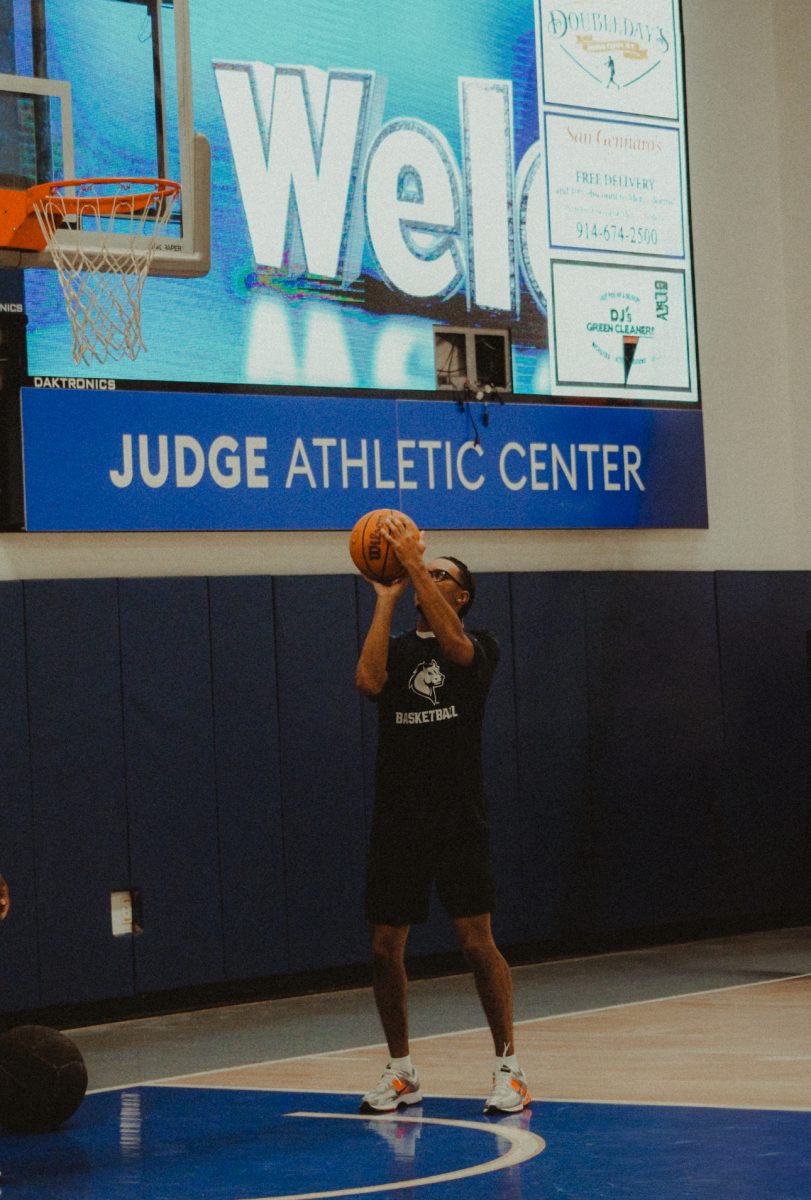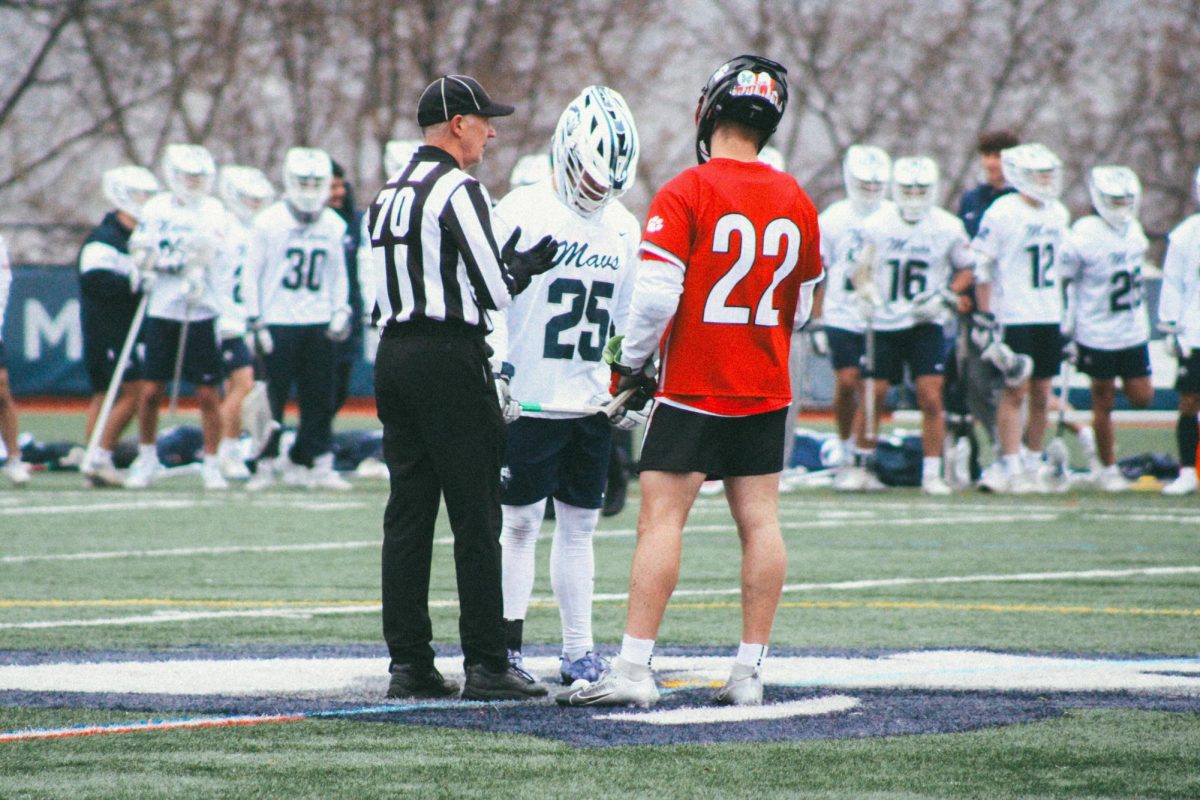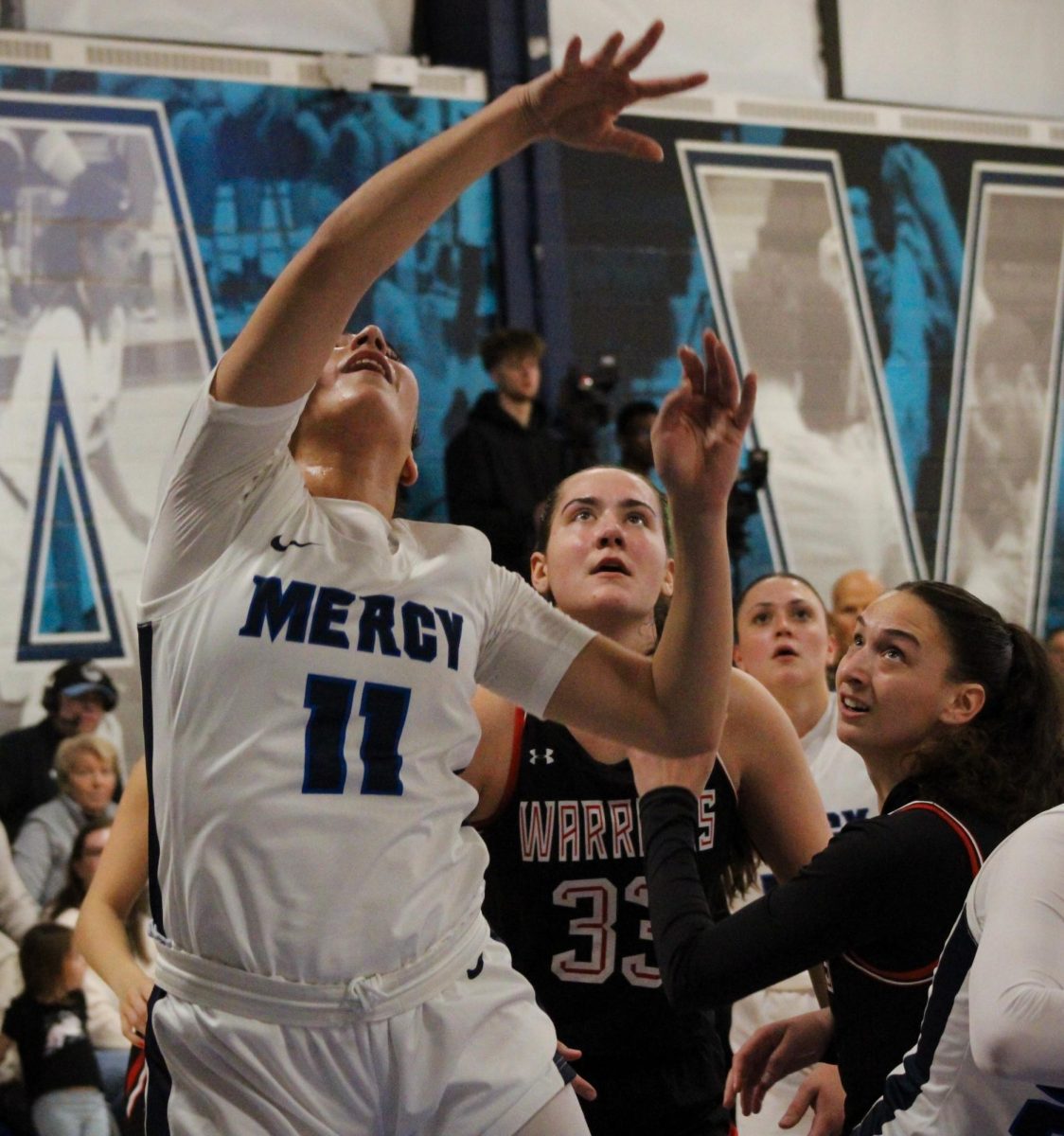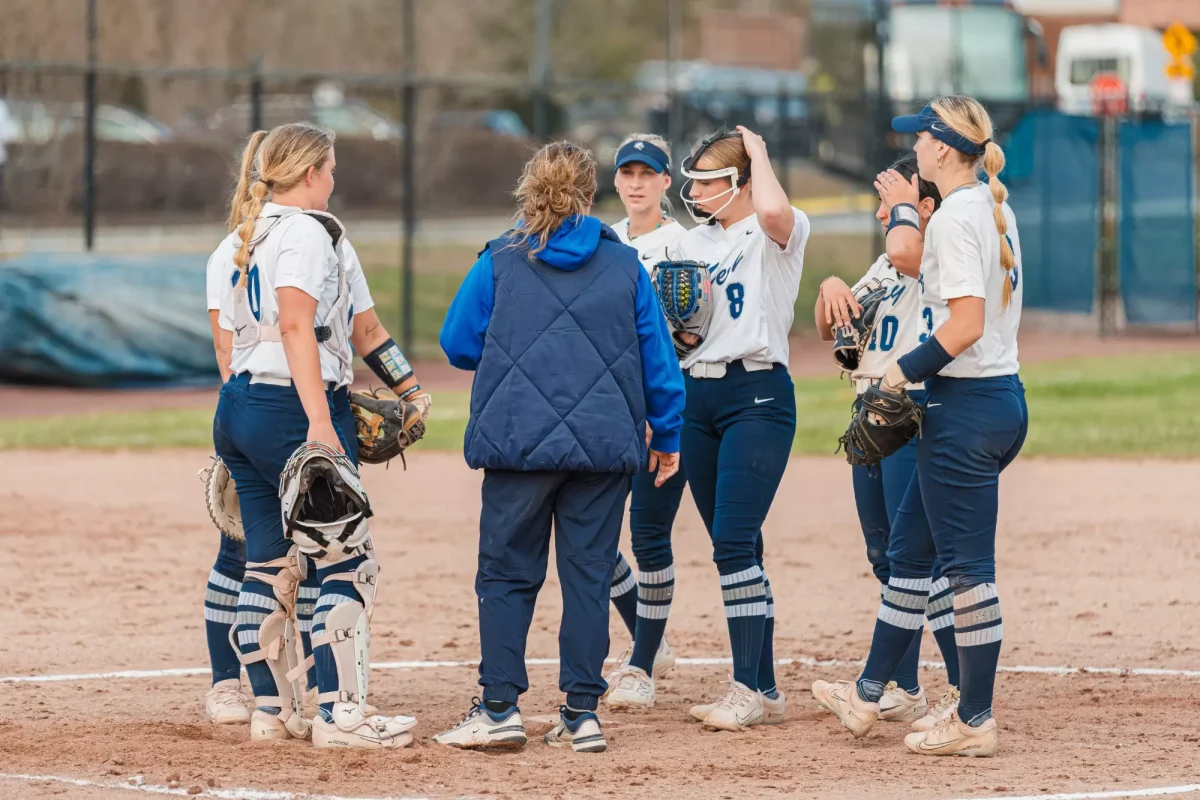The ECC experienced its own form of manifest destiny this past year as the University of the District of Columbia became the ninth school to become a member.
The expansion is a precursor of things to come, according to ECC commissioner Dr. Robert Dranoff. There are talks of upping the minimum number of schools in a conference to 10 in the coming years and the addition of UDC is only the first step in what figures to be an evolutionary stage for the ECC.
The ECC has lost five teams over the last half decade or so for a variety of reasons and though Dranoff said that the league wasn’t in financial trouble, the loss of that added income certainly wasn’t helping matters. The loss of grant money and member dues hurt the ECC though Commissioner Dranoff maintains that the ECC was never in financial danger but “if we were to shrink anymore, it would have been difficult.”
He added, “Obviously, fewer schools meant it was going to be a little more costly to run the conference since a lot of our funding comes from member dues, so there were some concerns along those lines.”
Another issue that arose from the departure of the five schools (Philadelphia, LIU-Southampton, New Haven, Concordia, and Adelphi) was the practical issues that come with being a smaller conference; namely, the difficulty in procuring and booking games. The bigger the conference, the more “in-house” rivals available to compete against, whereas a smaller conference (like the ECC was for a while) face the unenviable task of traveling outside of the conference to book games. This creates all sorts of practical issues for the teams, such as travel.
Furthermore, in the next five years, the NCAA is making changes as far as the membership standards required for having and maintaining a conference. There will be a requirement to field eight schools in a conference and then another couple of years down the line, the requirement will balloon to 10 schools.
Dranoff and the ECC know they will need to be getting bigger, and after taking the aforementioned factors into consideration, have begun the process of expanding the ECC. This past year saw the inclusion of District of Columbia and next year figures to see new NCAA DII members Roberts Wesleyan College on the schedule (and if all goes well as a member of the ECC) as well as another school that Dranoff says is in the process of applying. Dranoff expressed that the ECC is expecting to be comprised of 11 members in the coming years.
Needless to say, that with the ensuing expansion comes some compromises that the ECC didn’t have to make before. The Mercy Mavericks would have to travel roughly six hours to play an away game at D.C. A fact that Dranoff is well aware of and one that he and the schedule-makers do their very best to accommodate all of the conflicting schedules.
Generally speaking, away games to Washington D.C. are restricted to weekend or vacations so as to avoid any class or school conflict. The ECC, though ready to admit that D.C.’s a bit of a drive, maintains that the proximity between schools in the ECC is not only a non-issue but a source of pride for the conference. When compared to the proximity of the schools in other conferences, the ECC maintains its standards in terms of proximity. As unimportant a factor as this may appear, one need only point to the mess being made in Division I (The Big East in particular) to see what havoc can be wreaked by distance. The ECC has made it a point that despite the inevitable required expansion, they will maintain the proximity between schools that the ECC has always been lauded for. They are also amenable to revisiting the playoff format as currently constructed once more teams are added to the conference.









